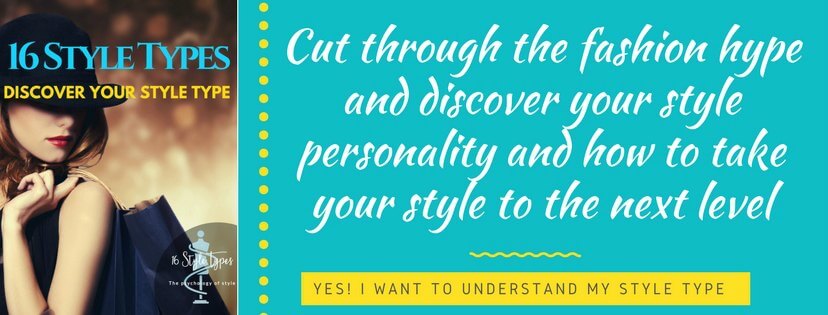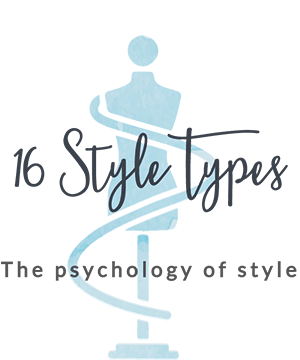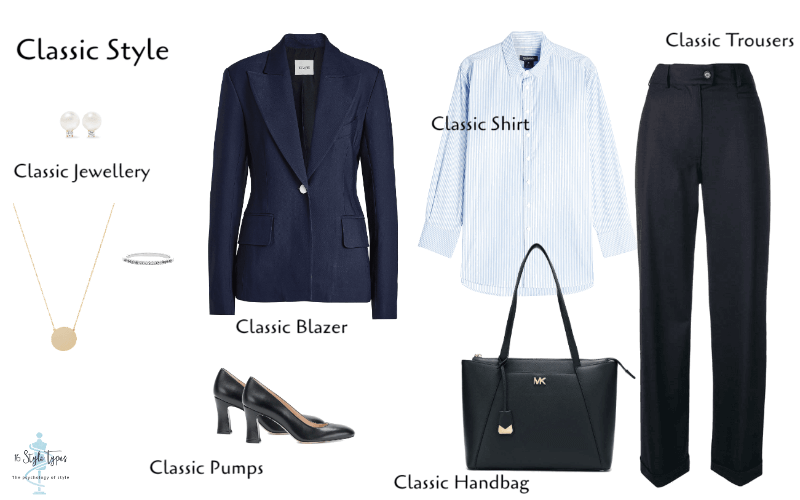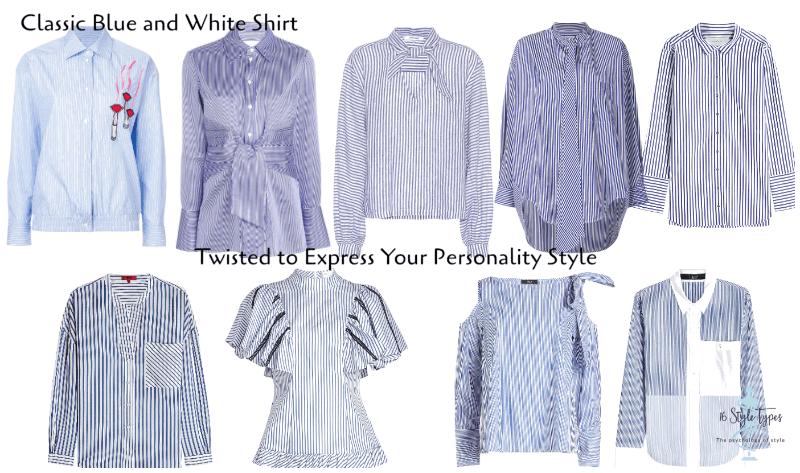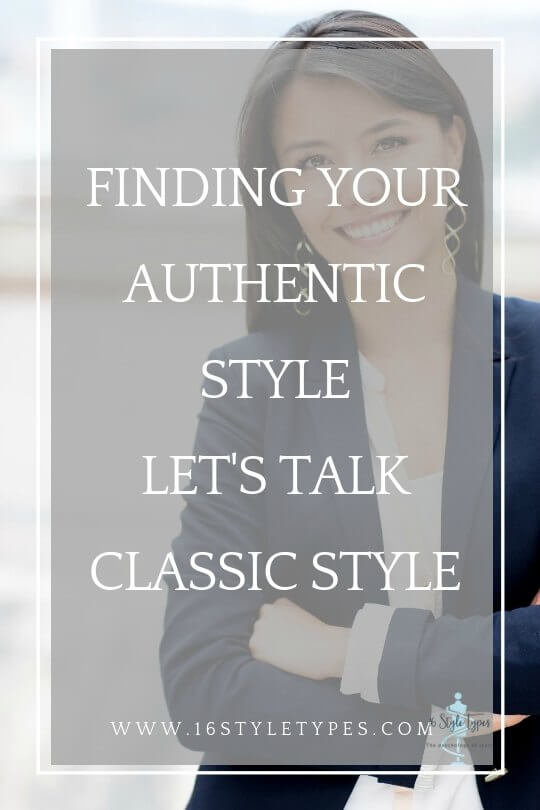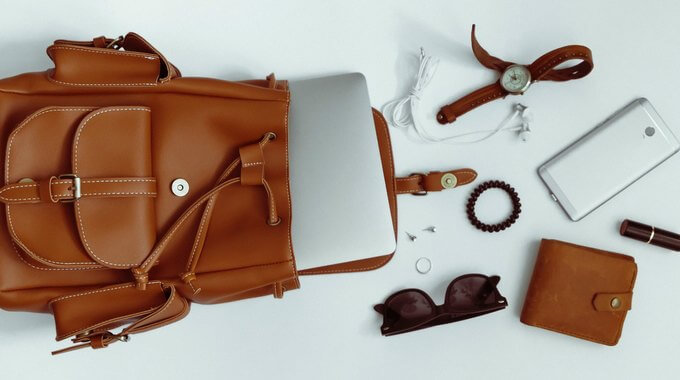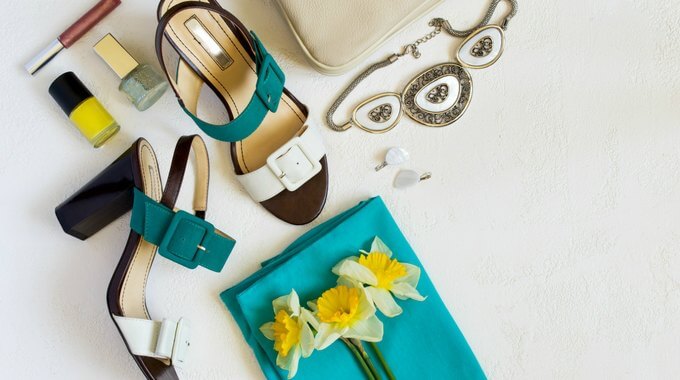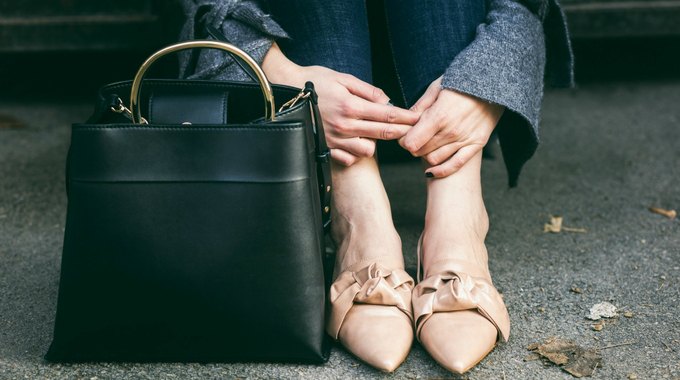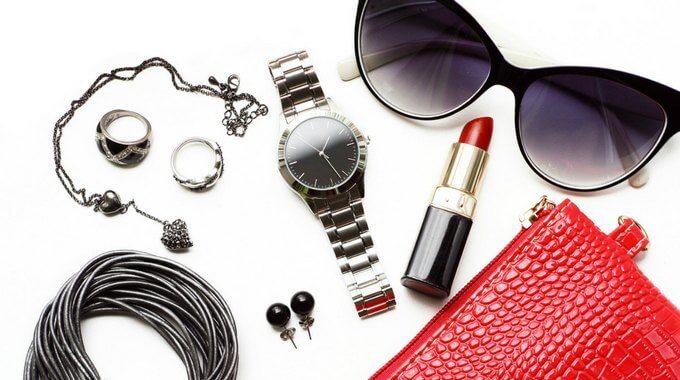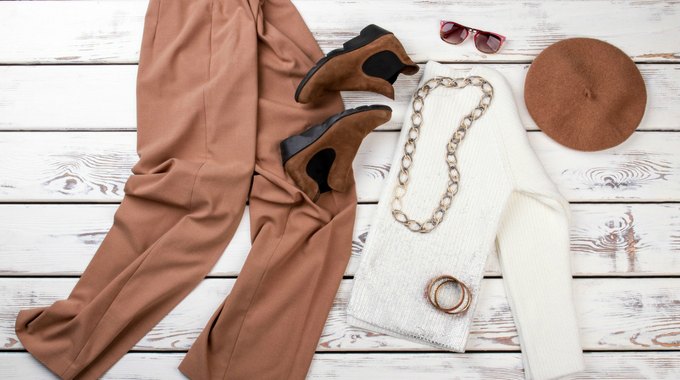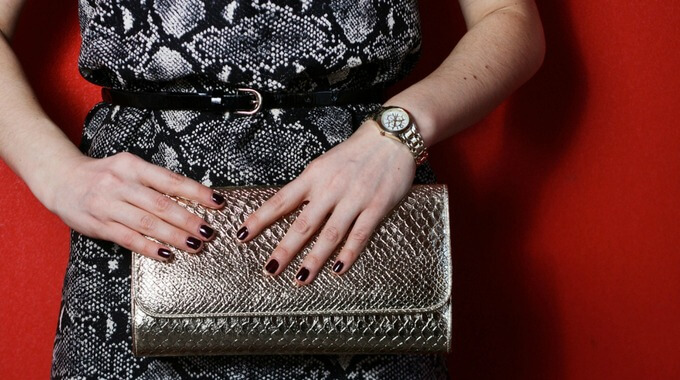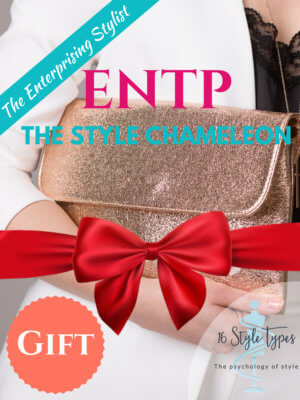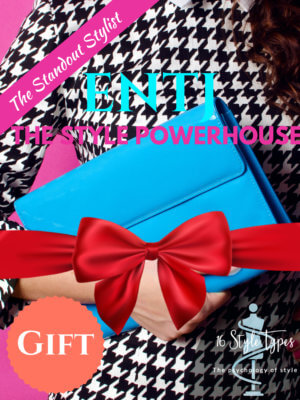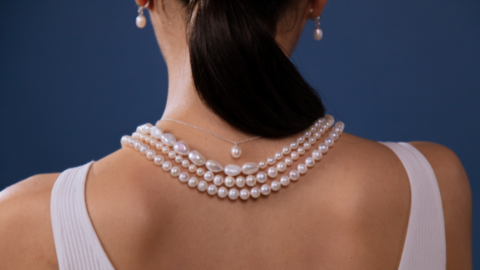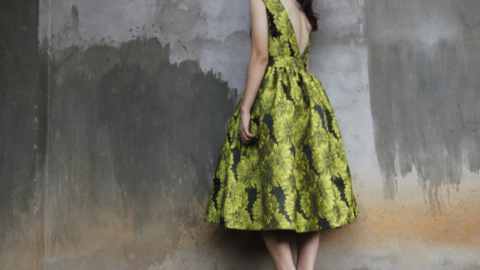In this podcast with Jill Chivers and Imogen Lamport, we discuss tips on finding and defining your authentic style.
This podcast episode was first published on Inside Out Style and we recommend you also read the blog post that accompanied it there (which is quite different from the one here).
How do you express your authentic style?
- How do you know what to choose that feels right and expresses your personality?
- How do you know which clothes to choose when you walk into a store, where the choice is overwhelming and there are sales people trying to convince you to purchase whatever they suggest?
- How do you know if it’s right for you?
- What makes a garment feel like you or one that others say “that’s so you” when they see you in it?
These are all questions that you may ask yourself as you work from your style essence (what we capture in your Style Type Report) as you turn it into your style expression (what you actually put on your body).
What you choose will come down to a variety of individual factors including:
- Lifestyle
- Job, and accompanying dress code
- Season
- Environment
- Culture and Country
- Body shape/proportions/variations (your physical self)
- Physical or medical aspects that intrude on clothing choices
- Coloring
- Personal preferences (what you like or don’t like)
- Psychological type – your Style Type
More: Who Are You? Issues of Identity
This is why we can’t specifically say “All ENFPs will wear blue shoes, white skinny jeans and a red hat and look stylish” as that is way too specific a set of criteria. There are simply too many other, non-Type factors, that come into the mix to make any kind of Style Type-based style expression statements of those kinds.
More: What Your Style Type Can, and Cannot, Tell You
Instead, we have looked at what are called the Personality Dressing Styles (you may have heard of some or all of them – Classic, Feminine, Relaxed, Dramatic, etc.) and shared what our research has found about how each Style Type approaches using these different dressing styles.
Each Style Type has access to all the personality dressing styles (and inside your Style Type Report is an explanation of these dressing styles).
If you’ve got your Style Type Report, you will see a personalized explanation of how your Style Type commonly uses each of the dressing styles, and which are more likely to be called upon more and less for your Style Type.
But it’s always good to remember that you always have access to each of the seven dressing styles and that your lifestyle may require a certain set of dressing rules that you need to adhere to that mean that you’ll be reaching for a dressing style that may or may not fit neatly into your Style Type.
Let’s look at the Classic Dressing Style as an example.
Most of us know what classic means when referred to in clothing. But to elaborate and give you a fuller picture I’ll go into more detail here.
Understanding the Classic Dressing Personality Style
Classic style clothes stem from menswear office wear and have been translated into women’s wear. If you think back to the early 1900s when women wore long dresses with a bustle etc, there was a very distinct difference between womenswear and menswear. World War I was the first time when large numbers of women moved into the world of what had been traditionally seen as a male-dominated environment – the workplace. Men were at war and women picked up the slack at home and in the workplace.
Those long dresses, corsets and bustles were impractical and uncomfortable (and possibly, in some industrial work environments, unsafe). And so women started wearing versions of what men had been wearing (and I would guess actually altering men’s clothing to fit themselves to start with).
The suit is the epitome of a classic outfit. Tailored and structured, clean lines, few details or embellishment, smart and authoritative. The Classic suit says “Take me seriously” and “I mean business”. Women wearing a dark neutral colored suit to work rather than some impractical embellished dress communicated a very different message than their clothes had in the past. The Classic-inspired ensemble also performed very differently to those long, fussy and constricting garments.
Knowing where the Classic dressing style emerged from allows you to understand how it communicates and when it’s most appropriate to be used.
There are certain Style Types (such as Style Traditionalist ESTJ and Style Organizer ISTJ) who automatically reach for the classic white crisp cotton button-up collared shirt, or a navy blazer as they like both the formality of these clothes (that hold people a little more at arm’s length and provide a suit of armour for them) and also convey their professionalism. They want to be taken seriously and be appropriate, not standing out for the wrong reasons.
Then there are the Style Types who care deeply about being seen as credible and authoritative who will knowingly use Classic clothing as a tool (such as Style Scientist INTJ, Style Theorist INTP and Style Powerhouse ENTJ) to enhance their professional appearance where necessary (and when they have learned how powerfully clothing communicates before they even open their mouth).
Other Style Types aren’t naturally drawn to Classic dressing style unless they are in fashion and everyone else is wearing them (Style Celebrator ESFP and Style Friend ISFJ) where they want to fit in, look the part, be like their peers. These Style Types will enjoy wearing them when they are the latest fashion trend but happily leave them behind for something new when the fashions change, or when their friends/colleagues/peers are no longer sporting a Classic style outfit or garment.
There are the Style Types who seek to connect with others as a core motivation (Style Adviser ESFJ and Style Connector ENFJ) who borrow from Classic when their audience requires that they ‘color between the lines’ to better meet their audiences needs and present a harmonious style expression with their environment.
Twisting the Classic Style to Suit Your Personality
Check out this image below – I’ve taken the classic blue and white shirt (example in the image above) and am sharing examples of a few ways it can be twisted and tweaked to be more creative, more dramatic, more rebellious, more feminine, more relaxed etc, these shirts are no longer purely Classic in their expression.
This allows you to see how you can borrow elements of a dressing style such as the Classic and wear it your own way.
Some more naturally creative Style Types (Style Original INFP, Style Artisan ISFP and Style Inspirer ENFP for example) will find Classic clothing can feel dull and boring and will choose to wear it only in their own way, they find it restrictive if they follow the Classic style too closely. Your ENFP may choose to embellish and upcycle a classic shirt into something new and different, and your INFP may just decide to wear it upside down or as a skirt or in some way that is totally unconventional and unexpected.
Style Explorer ESTP and Style Maverick ISTP may be drawn to quality, fuss-free, straightforward items they can adapt and nuance in some small but significant way to make them more interesting and unexpected.
As you can see, there is no one right way to choose to wear any style of clothing. It’s finding what is right for you, your circumstances, body and life, and then wearing it your way that makes any dressing style work and be authentic to you, in a way that is still appropriate for the environment so that you communicate non-verbally effectively.
Further Reading:
Colour Personality – the Colours of the Classic Dressing Style
